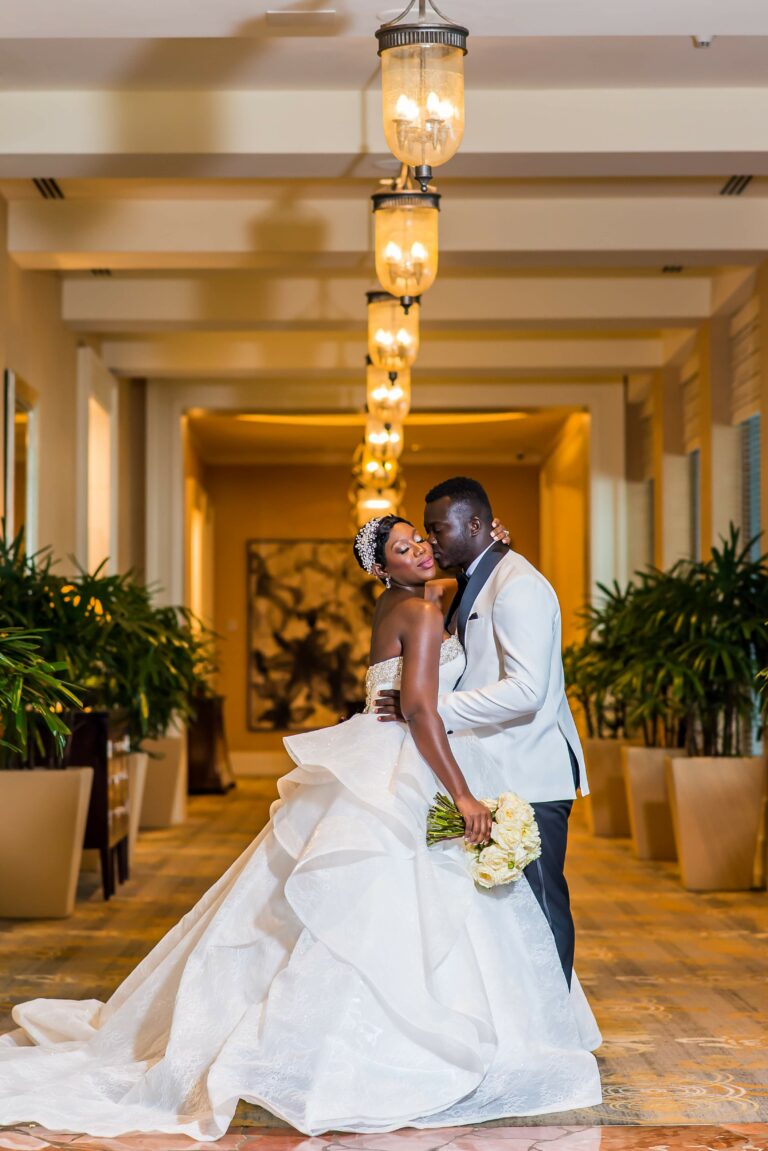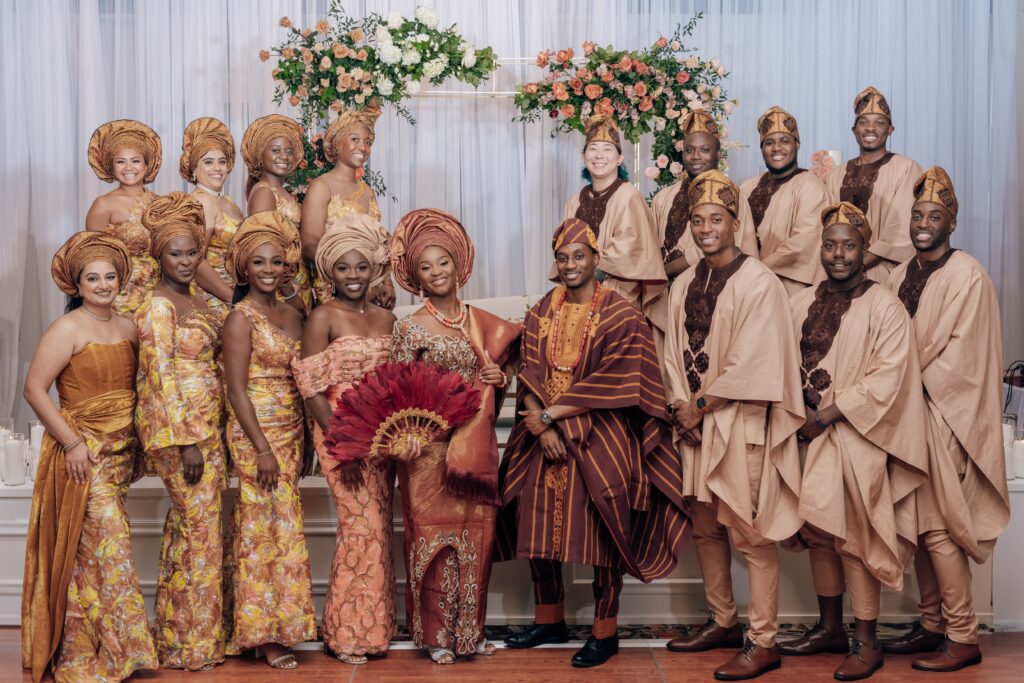
Nigerian engagement ceremony traditions are a vibrant tapestry of culture, heritage, and joyous celebration. One of the most significant and visually striking aspects of these weddings is aso-ebi, a practice deeply embedded in Nigerian culture. aso-ebi, which translates to “family cloth,” is more than just a fashion statement; it’s a symbol of unity, identity, and communal solidarity.
This blog explores the importance of aso-ebi in Nigerian wedding ceremonies, delving into its historical background, roles, planning, and modern trends.
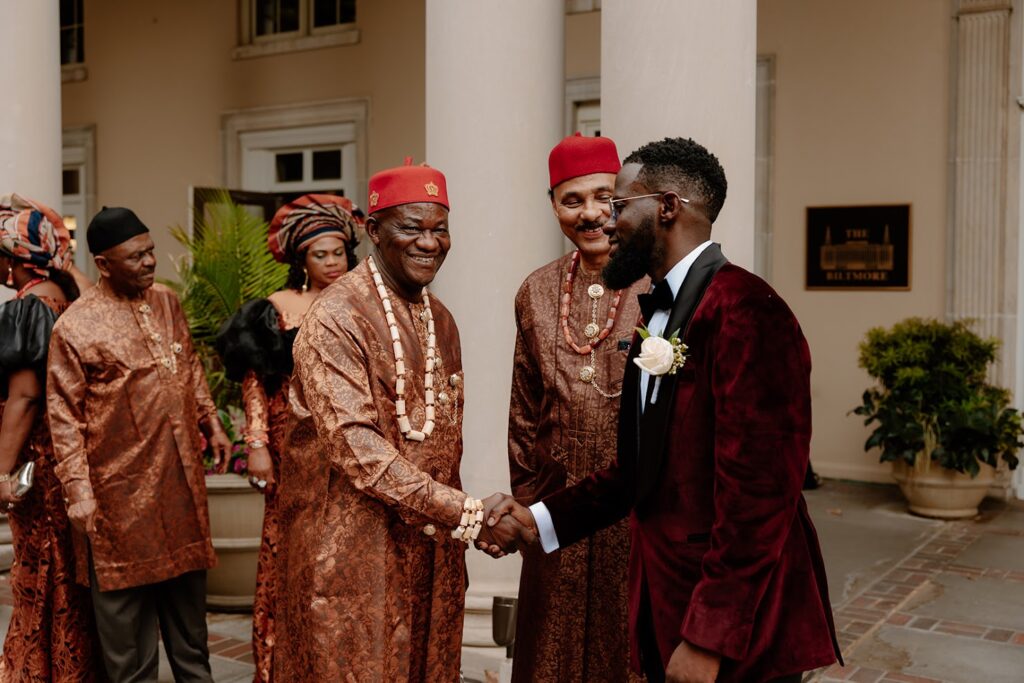
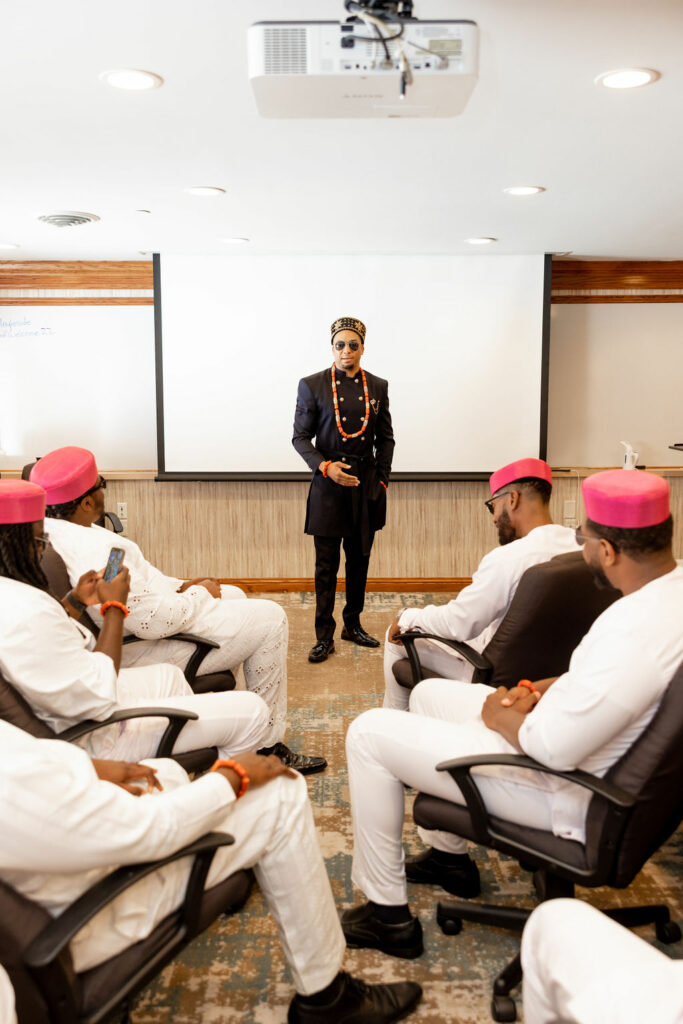


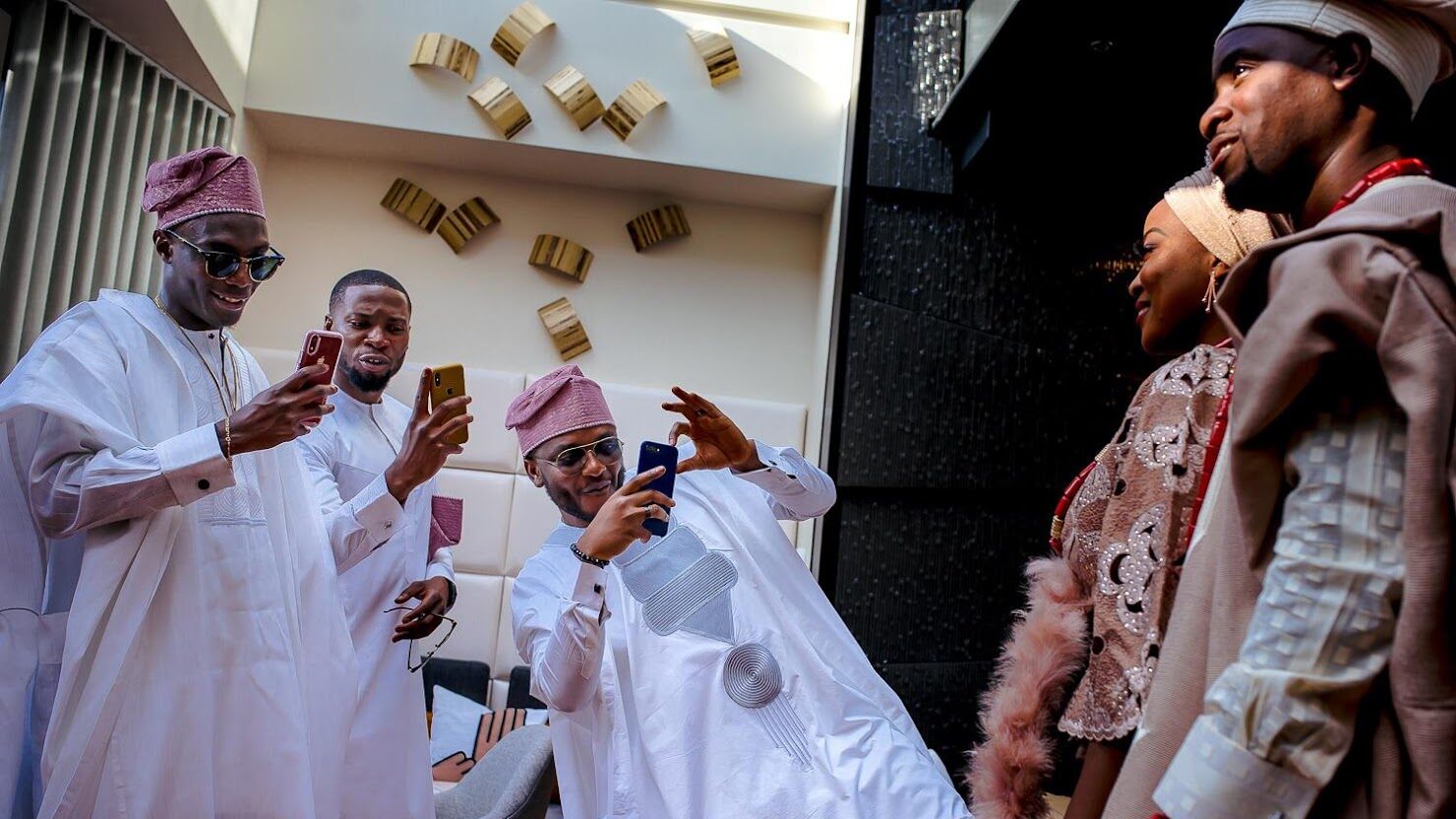
Historical Background of Aso-ebi
Aso-ebi has its origins in Yoruba culture, one of the prominent ethnic groups in Nigeria. Historically, it was used as a means of identification and solidarity among family members during significant events. For example, during traditional Yoruba wedding ceremonies, families would wear aso-ebi to show unity and support for the celebrants. Over the years, aso-ebi has evolved, transcending ethnic boundaries to become a widespread tradition in all Nigerian ceremonies (Yoruba or otherwise) and other countries in Africa. Today, it’s common to see aso-ebi at weddings across various Nigerian ethnic groups and African countries, each incorporating their unique cultural elements into the fabric selected and designs worn.

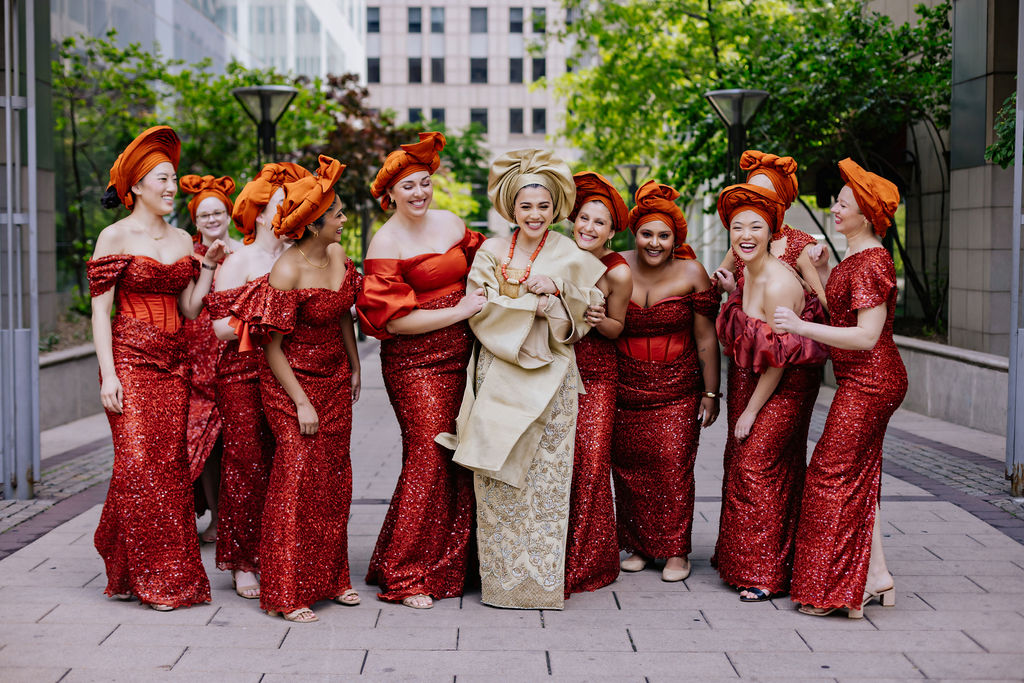
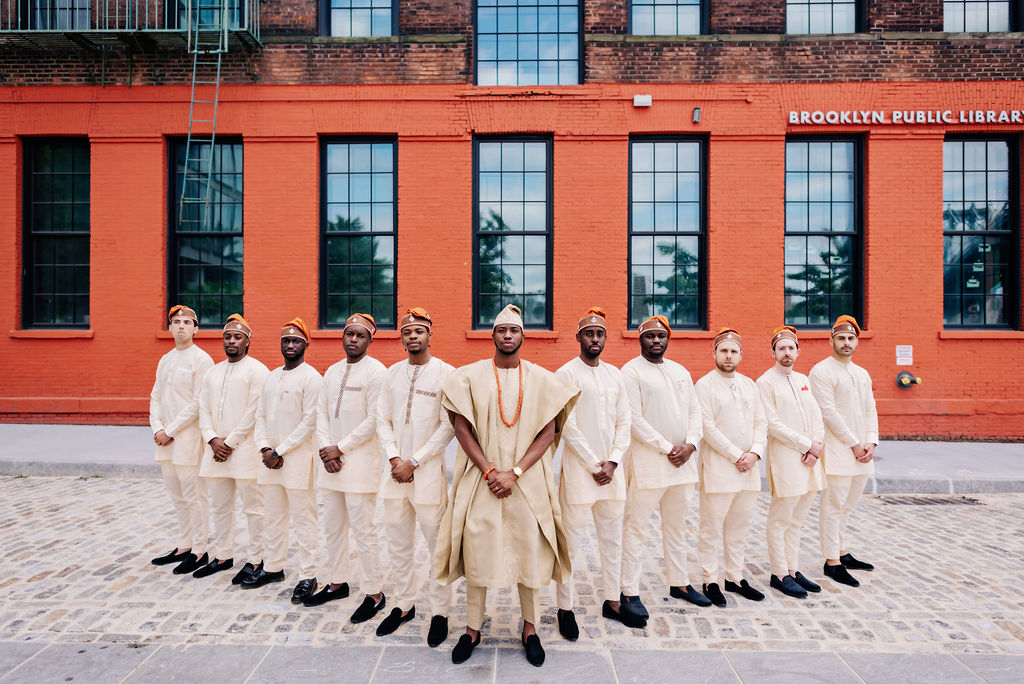
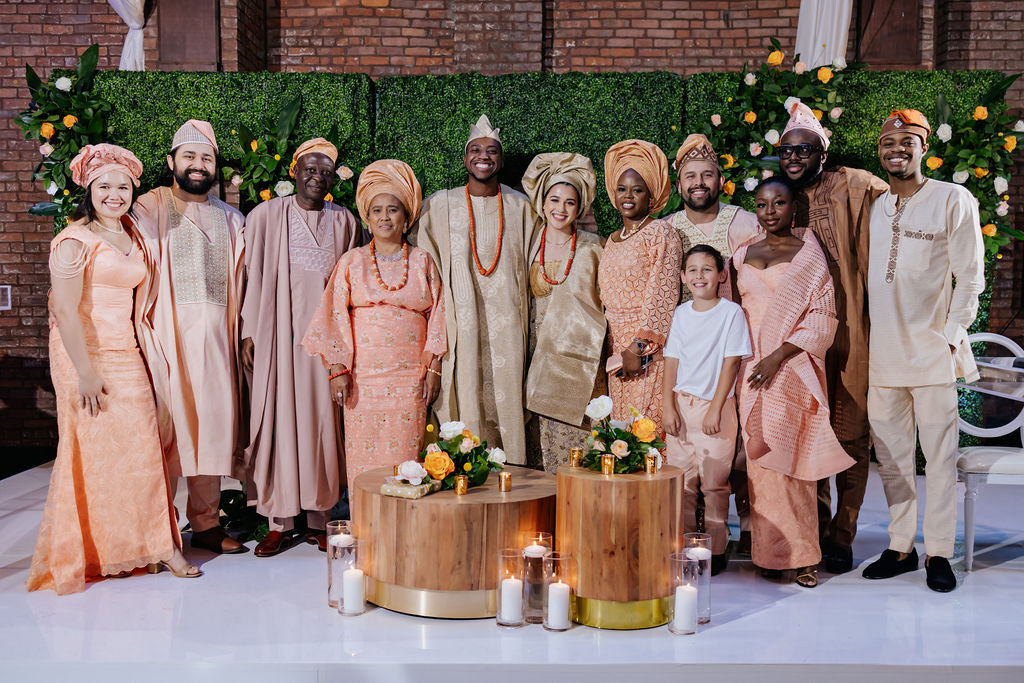
The Role of Aso-ebi in Nigerian Weddings
In the context of Nigerian wedding ceremony traditions, aso-ebi serves multiple symbolic and practical roles. It represents solidarity, as family and friends wear the same fabric to show support and unity. For example, at a recent wedding in Atlanta, GA the bride’s family chose a navy blue aso-ebi fabric, while the groom’s family selected a rich burgundy. The guests’ coordinated attire created a stunning visual display of unity and family pride.
Selecting the aso-ebi fabric and design is a meticulous process, involving time and coordination between the bride, groom, and their families. This practice fosters a sense of belonging and identity among wedding guests, as they collectively showcase their love and support for the couple through their coordinated attire.
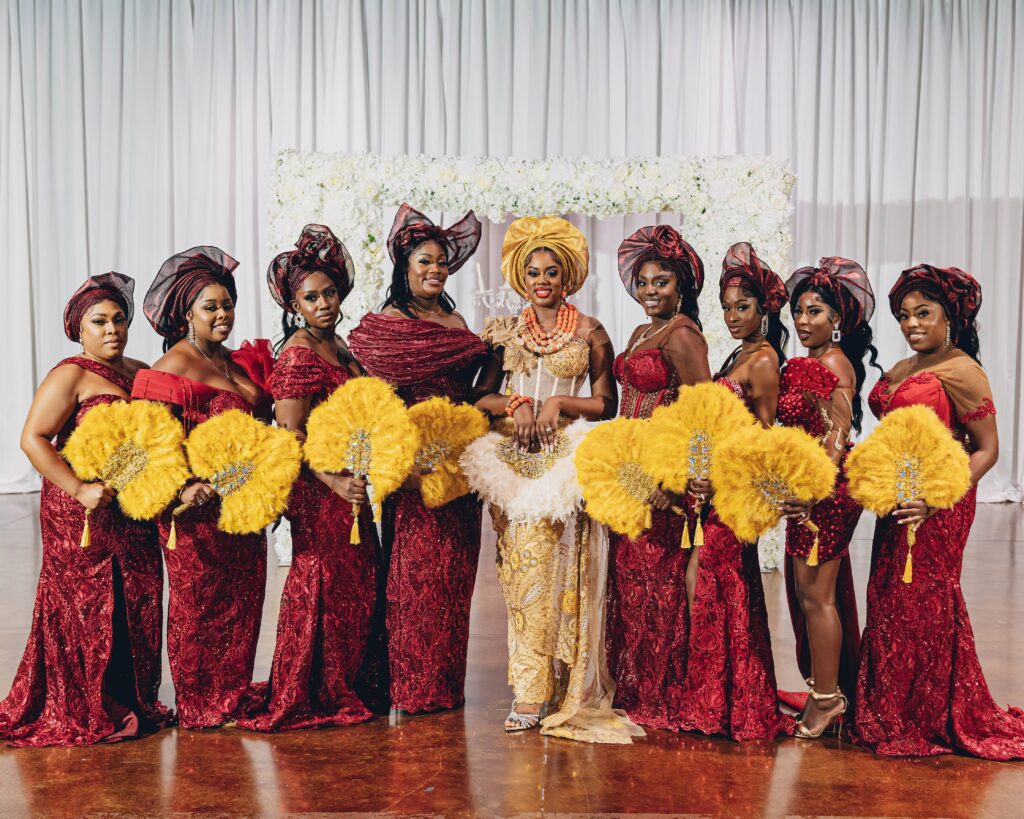
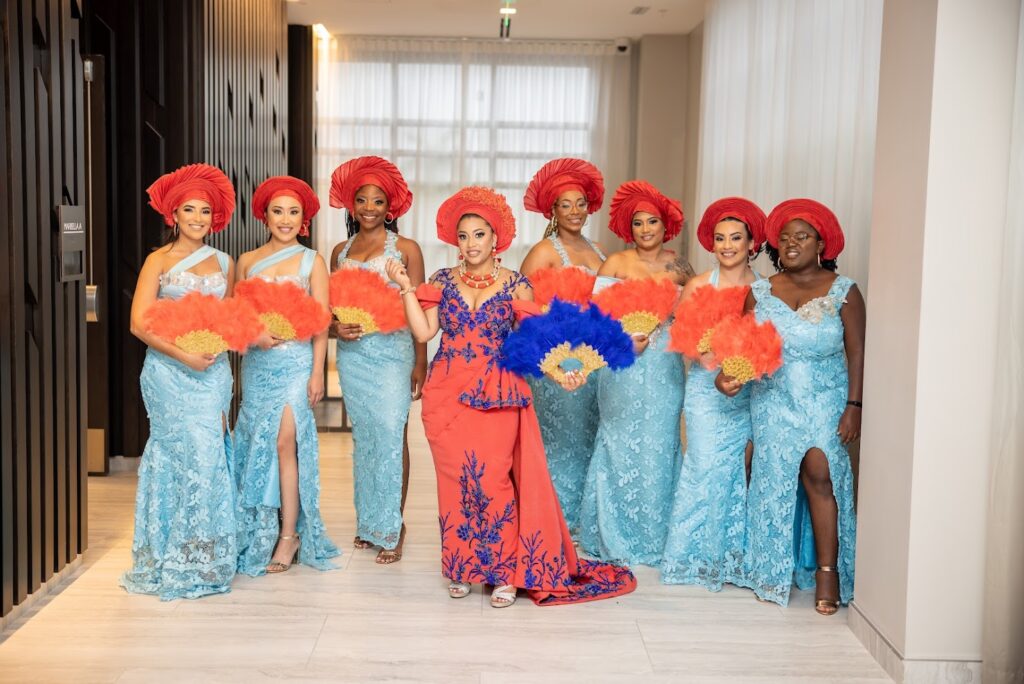
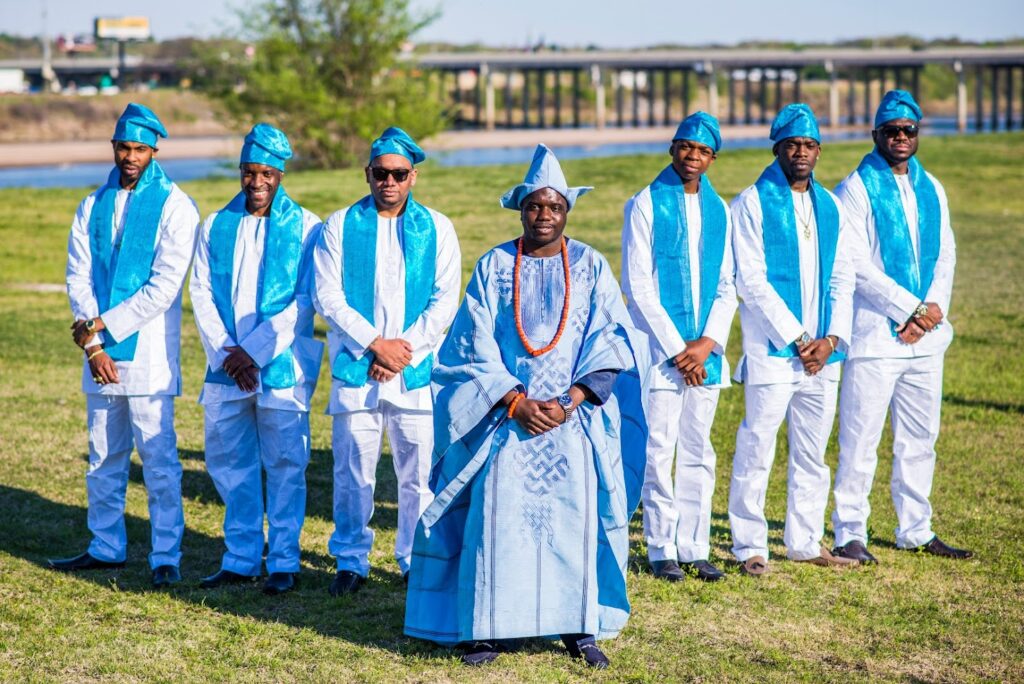
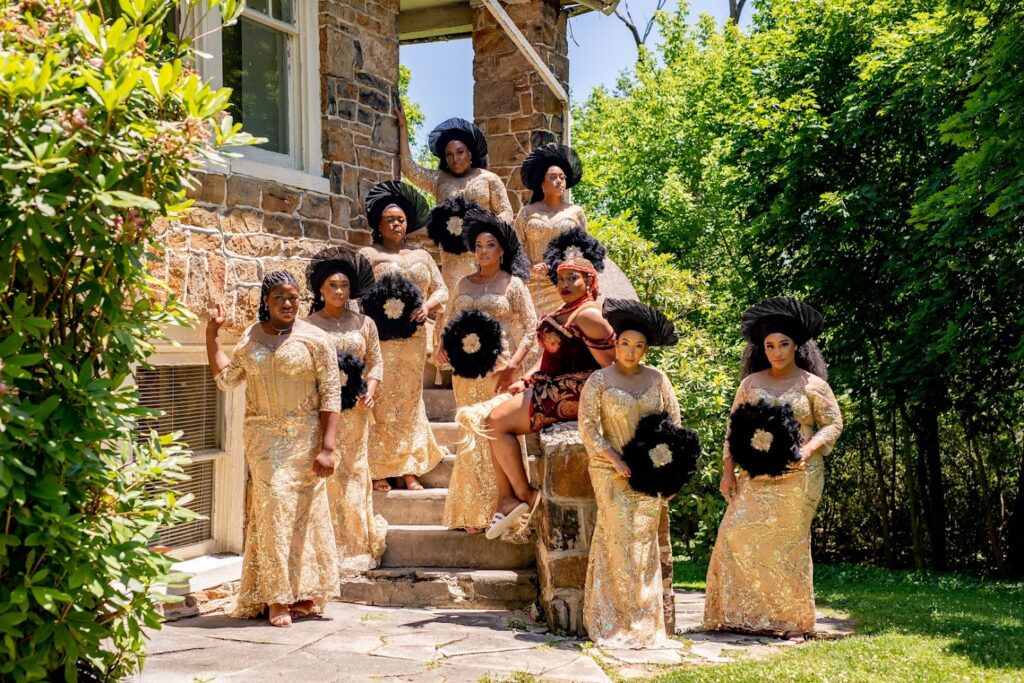
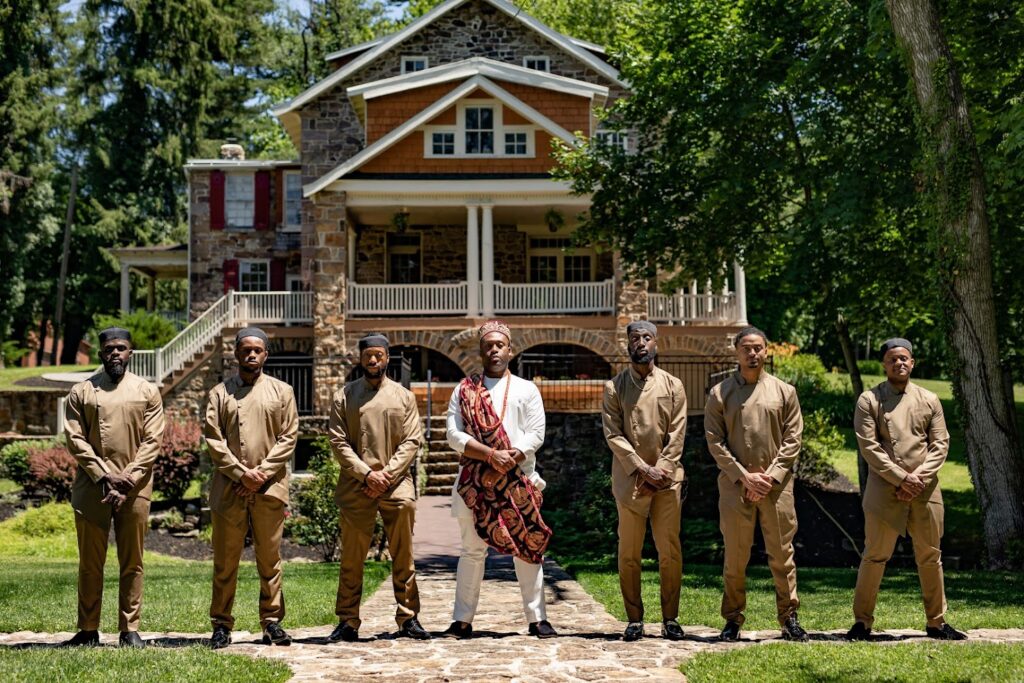
Aso-ebi Planning and Coordination
Planning aso-ebi for a wedding is a detailed process that requires careful coordination. The steps include identifying colors that you are considering for the different groups (friend of the parents, family members, bridesmaids, groomsmen, etc.), sourcing fabric options from a reputable seller, choosing the fabric for each group, and distributing the cloth to family and friends with enough time for them to get their attire made localled by a tailor or designer. When selecting colors, always take into consideration the couple’s personalities and the overall wedding design color palette.
Coordination between the bride, groom, and their families is crucial to ensure that everyone is on the same page. For some weddings, a WhatsApp group to share fabric choices, pricing, estimated delivery time and other details ensures smooth communication and coordination while email may work better for others. Ultimately, managing guest expectations and ensuring uniformity in aso-ebi attire can be challenging but is essential for maintaining the tradition’s visual and symbolic integrity.
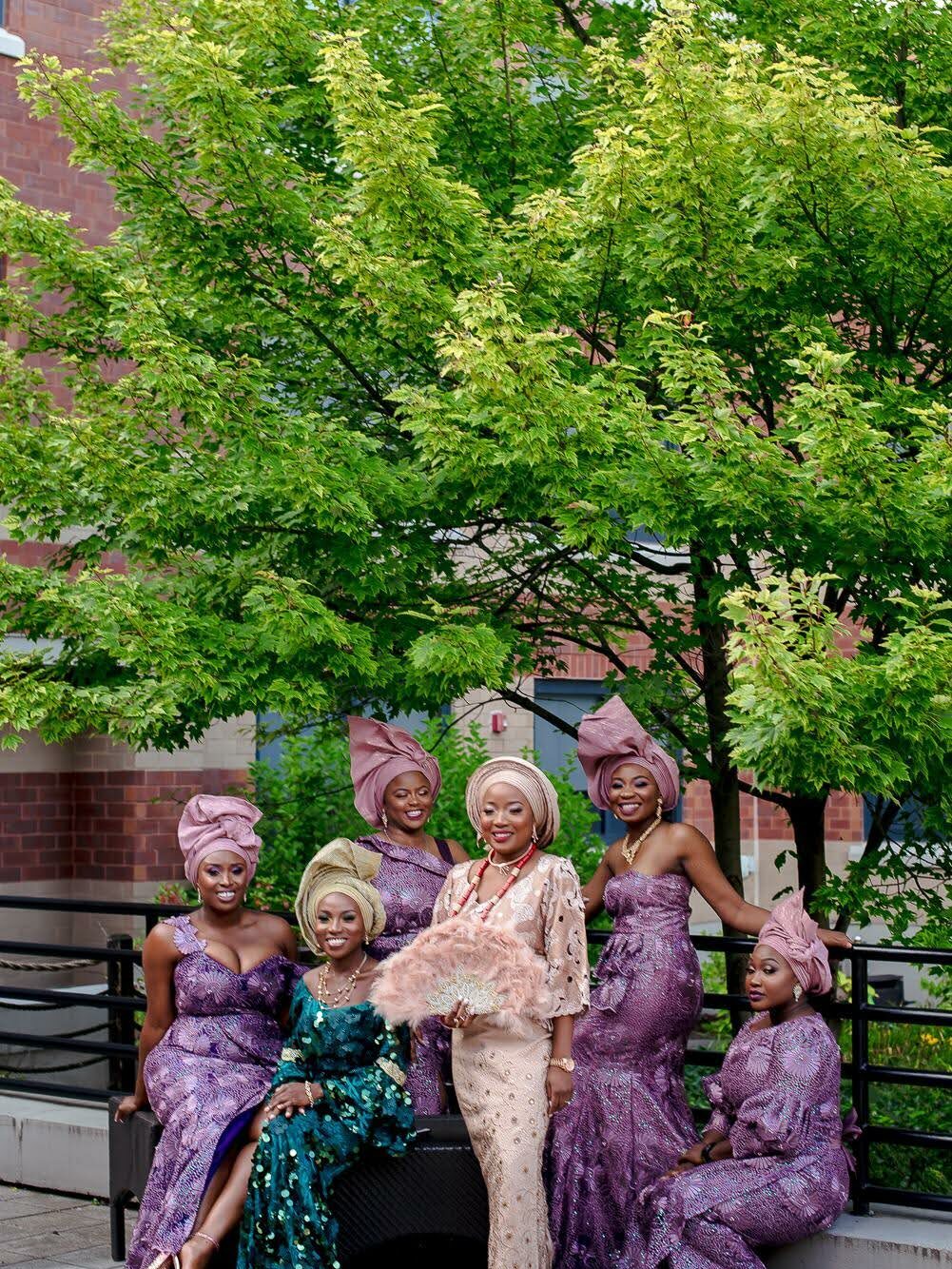
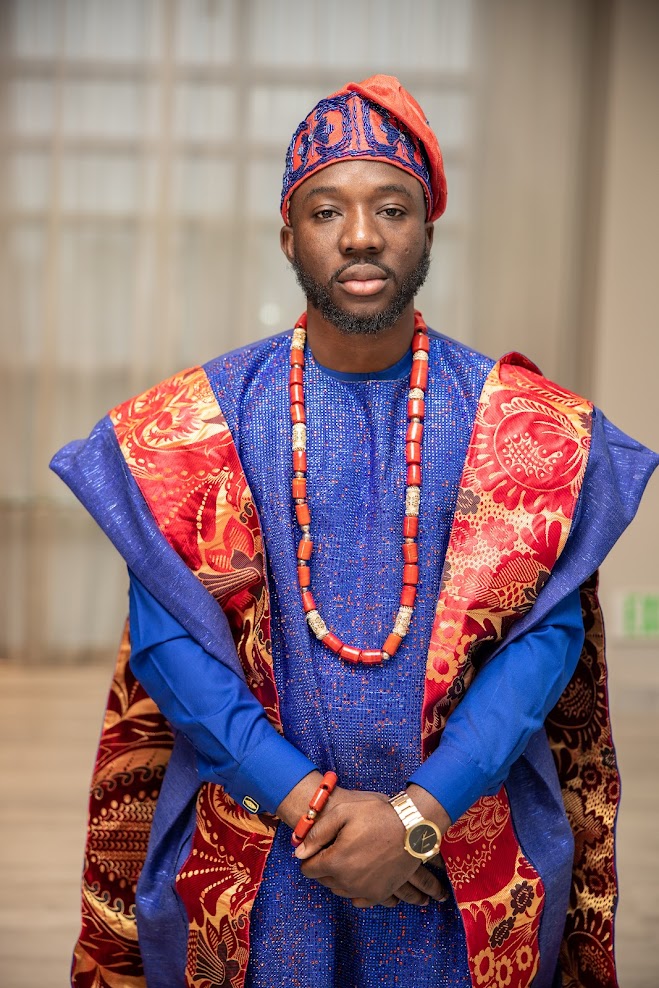
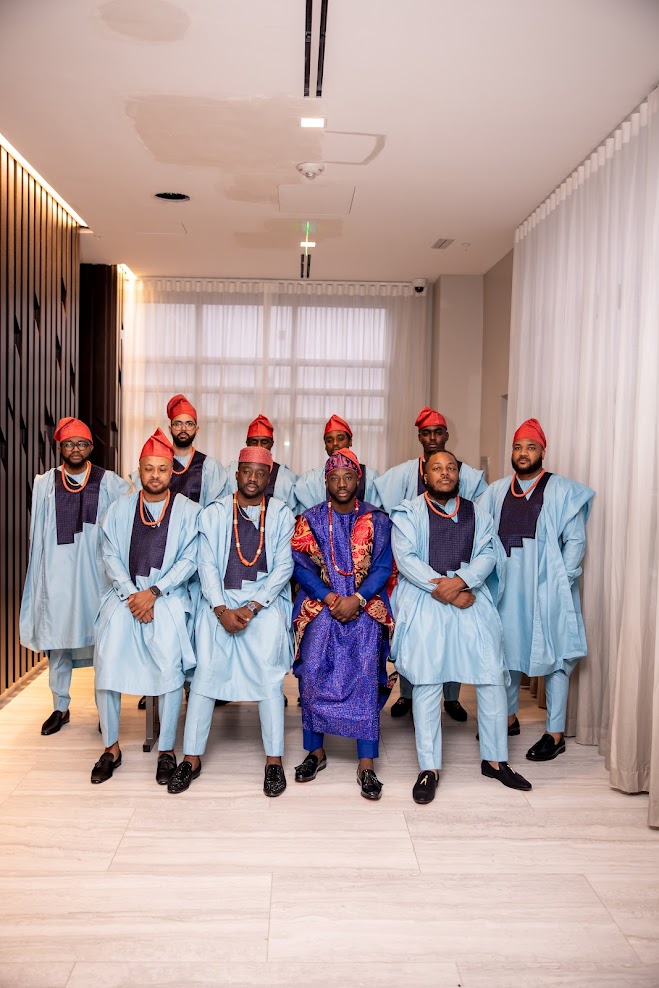
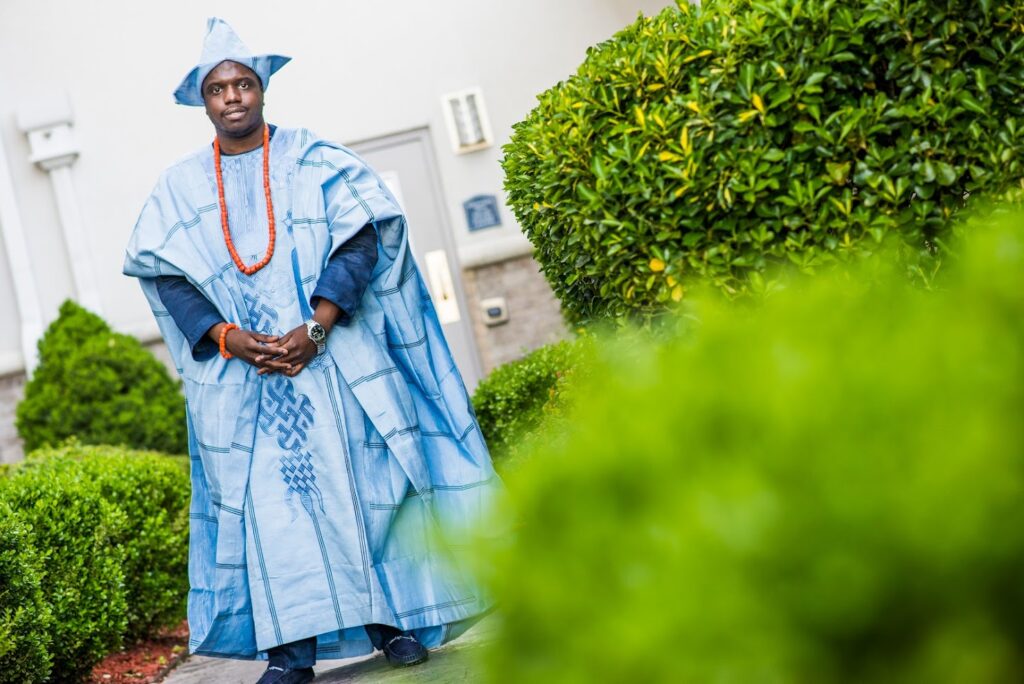
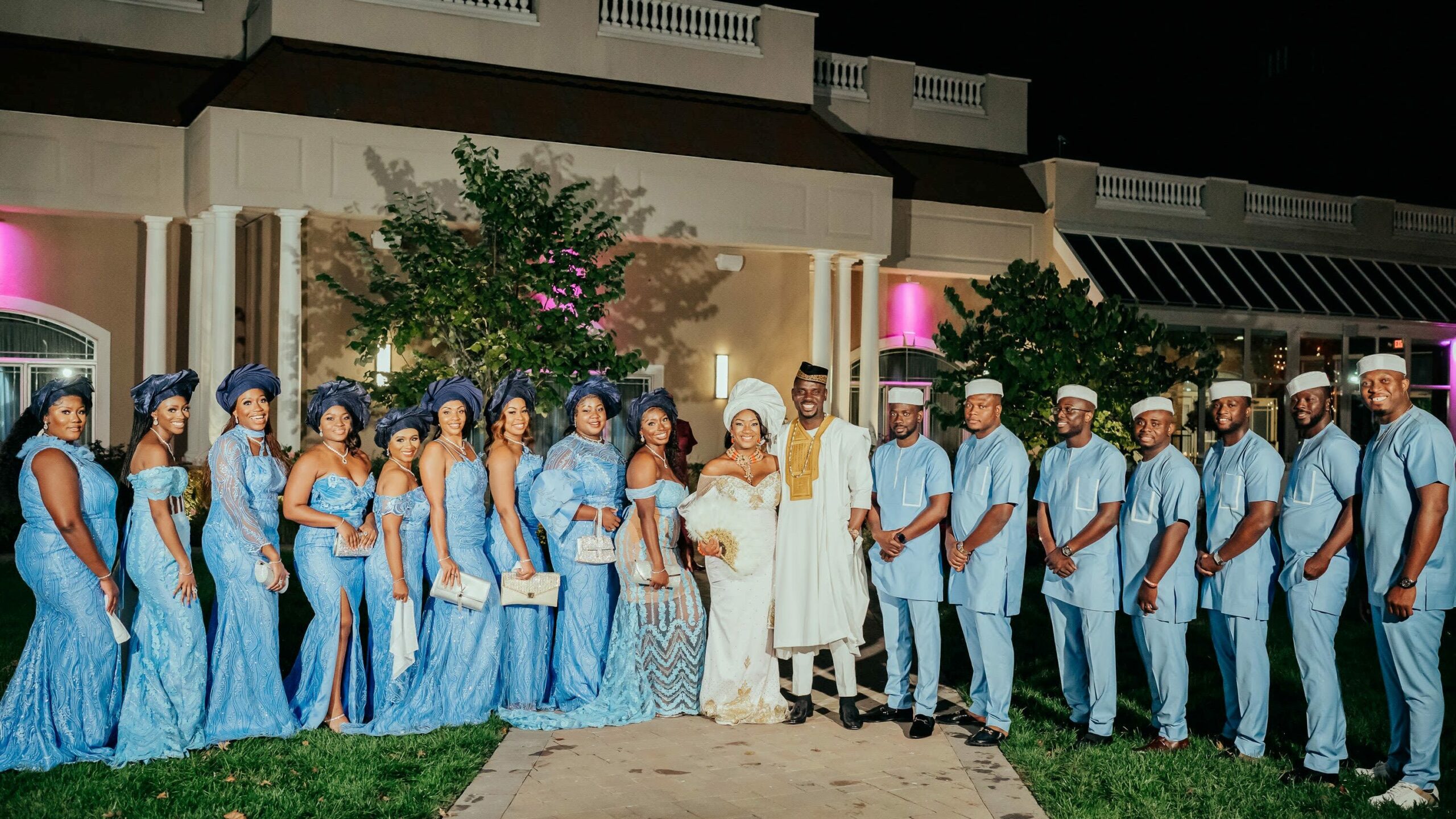
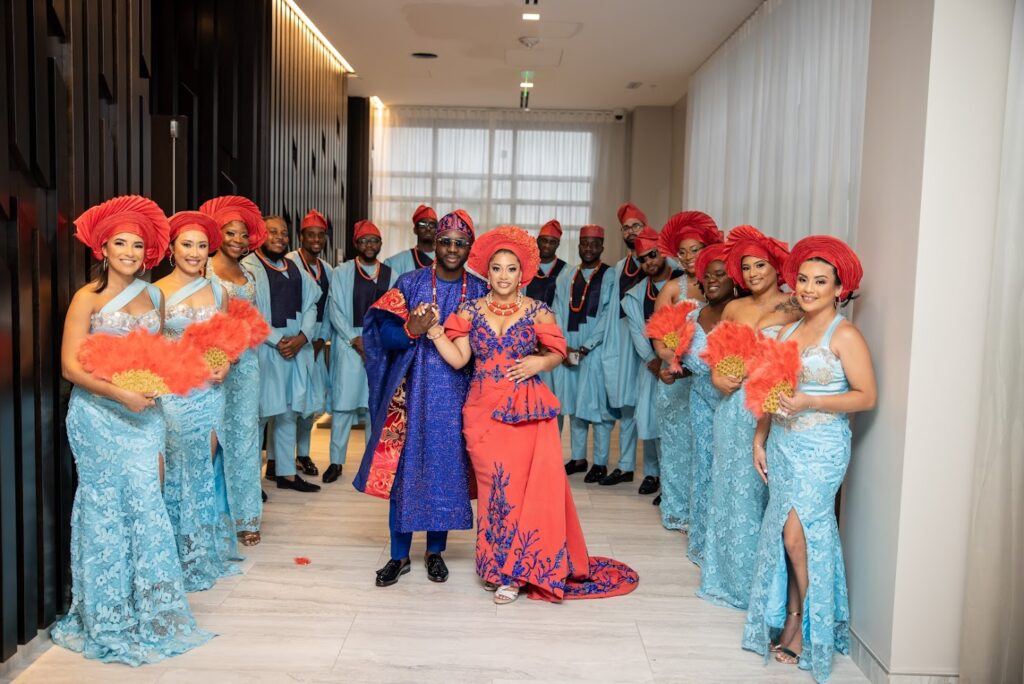
Trends and Innovations in Aso-ebi
Modern trends in aso-ebi designs have seen a fusion of contemporary fashion influences with traditional aesthetics. From intricate lace patterns to bolder color combinations, the creativity in aso-ebi designs is boundless.
Men are also more open to testing out different cuts and styles for groom and groomsmen attire, especially when not wearing the traditional agbada. A more tailored cut with sharp and interesting tailored designs has been the norm.
High-profile Nigerian weddings often set the trend, showcasing innovative styles that blend tradition with modernity. Celebrities and influencers frequently share their aso-ebi styles on social media, inspiring many with their unique takes on this tradition.
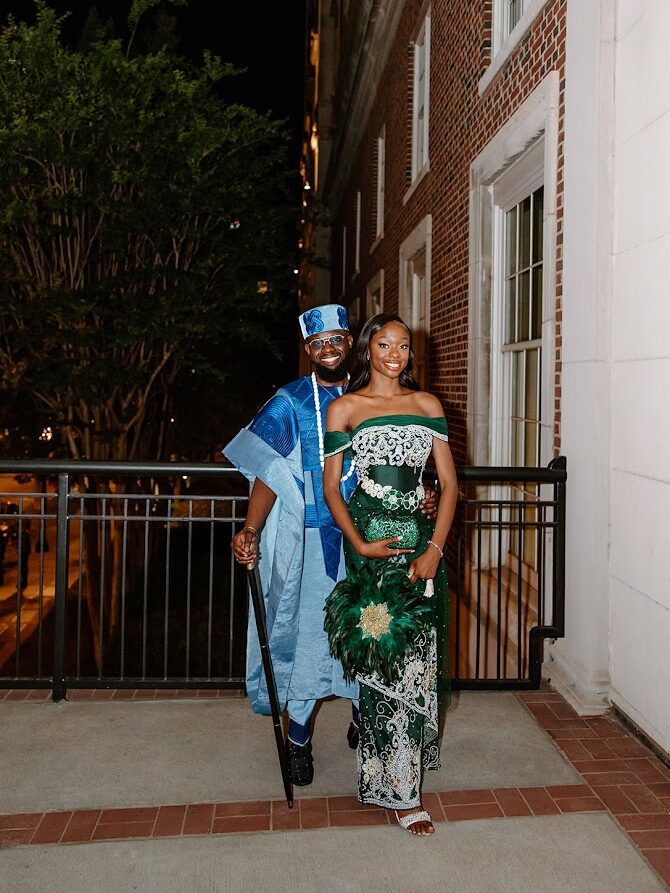
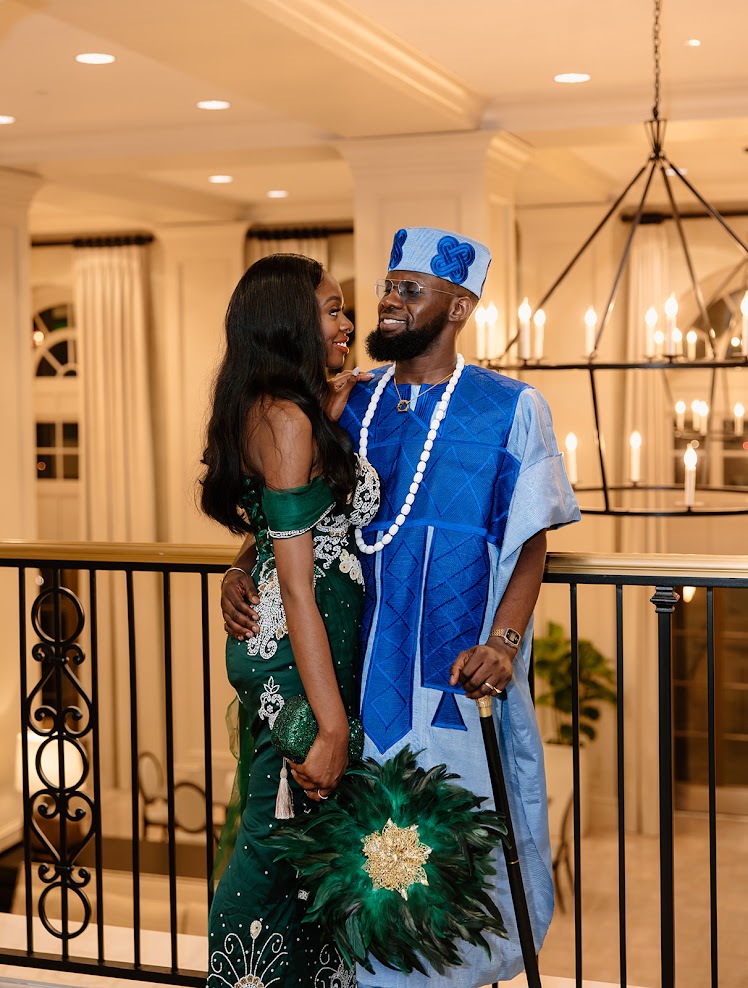
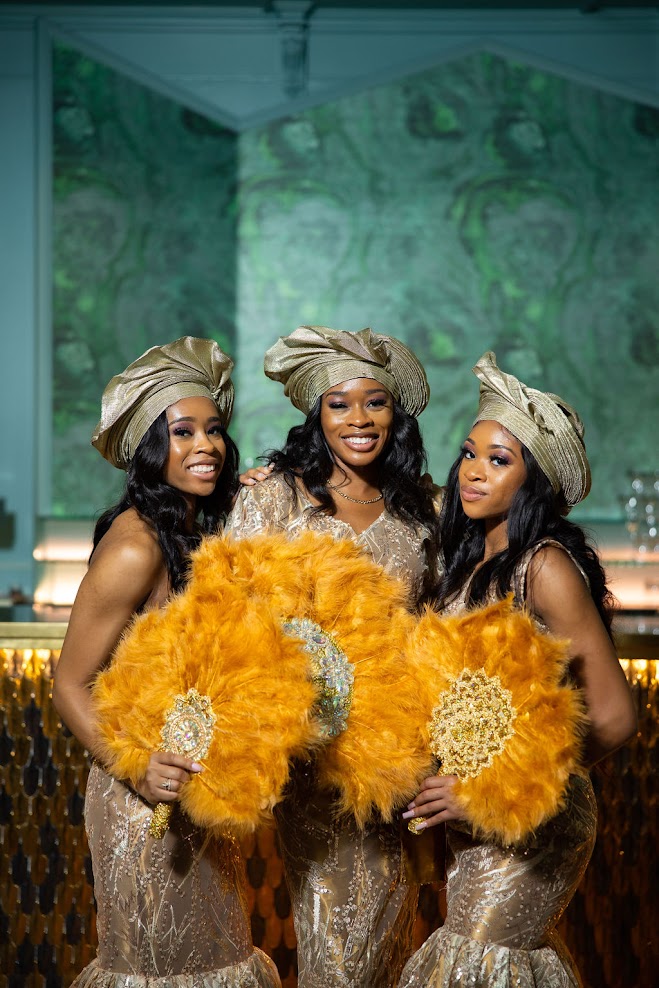
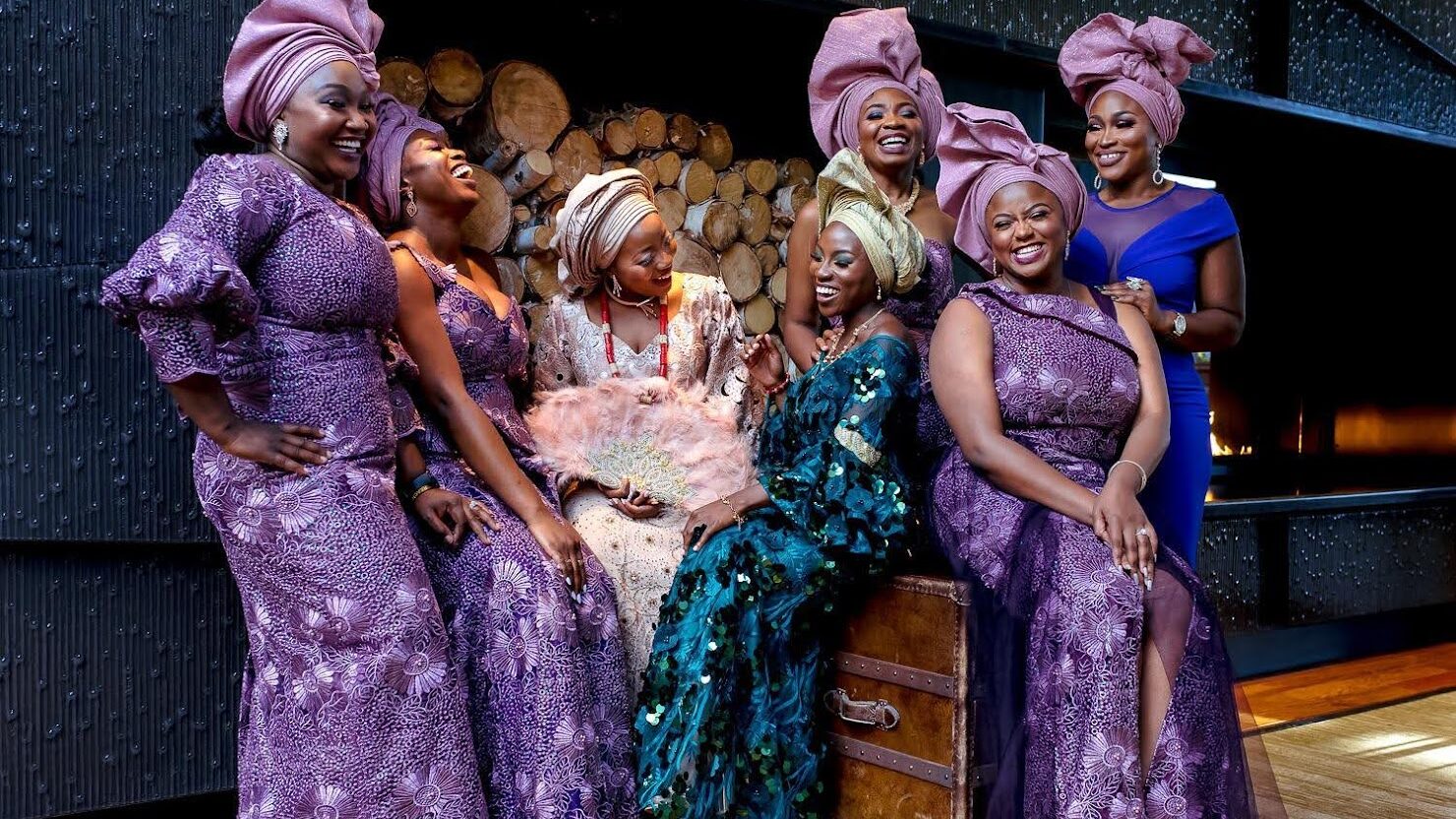
Challenges and Solutions in Aso-ebi Planning
Despite its beauty, planning aso-ebi comes with its set of challenges. Common issues include fabric availability, cost management, and ensuring that all guests receive their attire on time. Sometimes you may face delays due to fabric shipment issues.
Solutions to these challenges involve early planning (6 months before the wedding date), clear communication between you and all guests, and budgeting wisely to ensure that quality is not compromised. Engaging with experienced vendors and designers can also streamline the process, ensuring a smooth and coordinated aso-ebi experience.
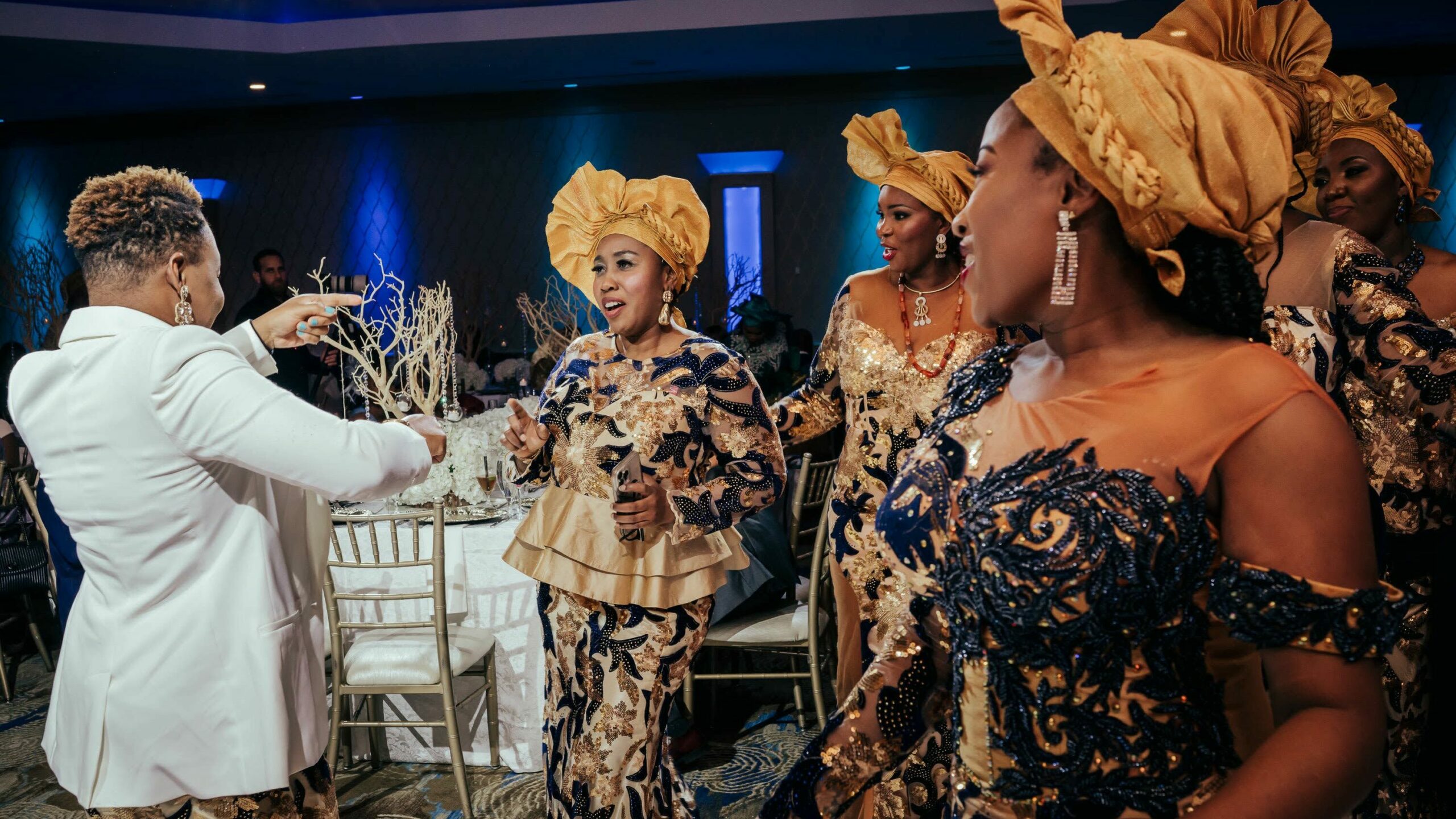
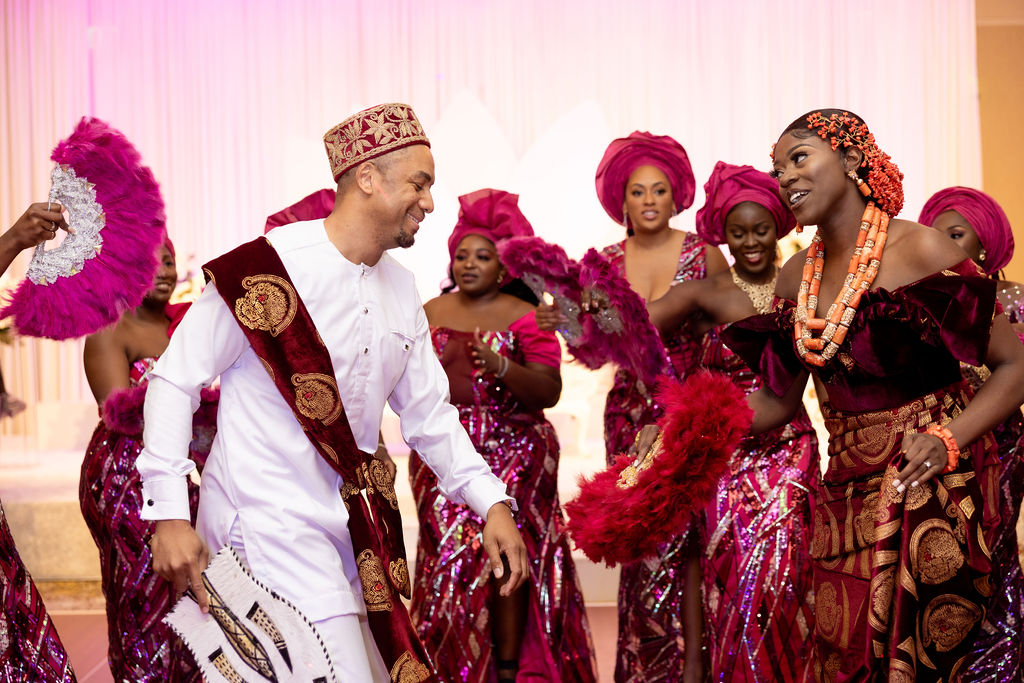
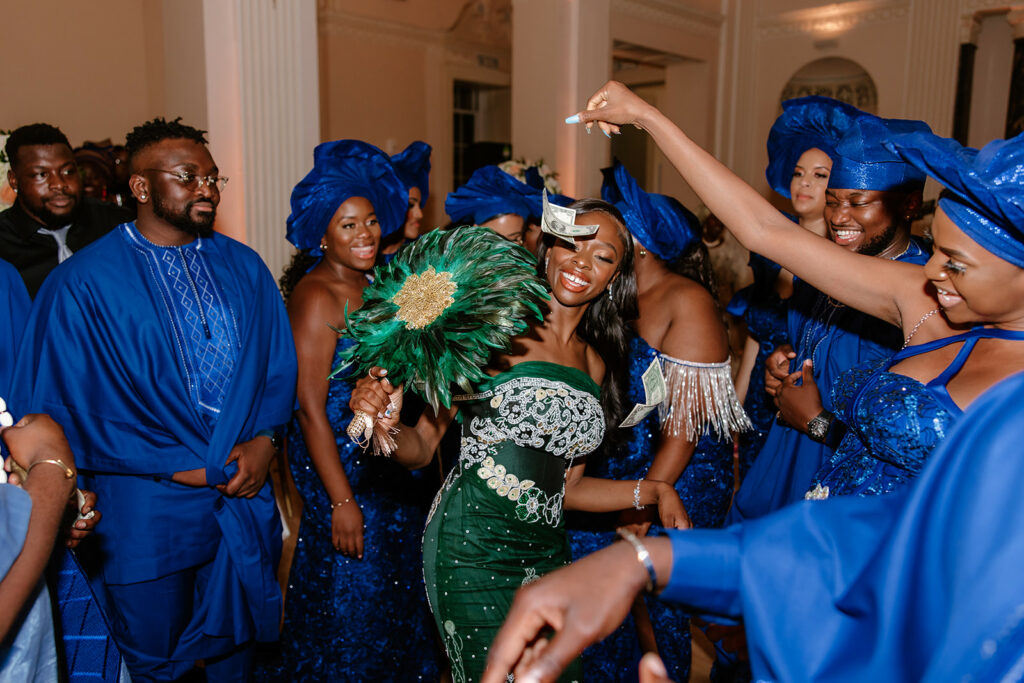
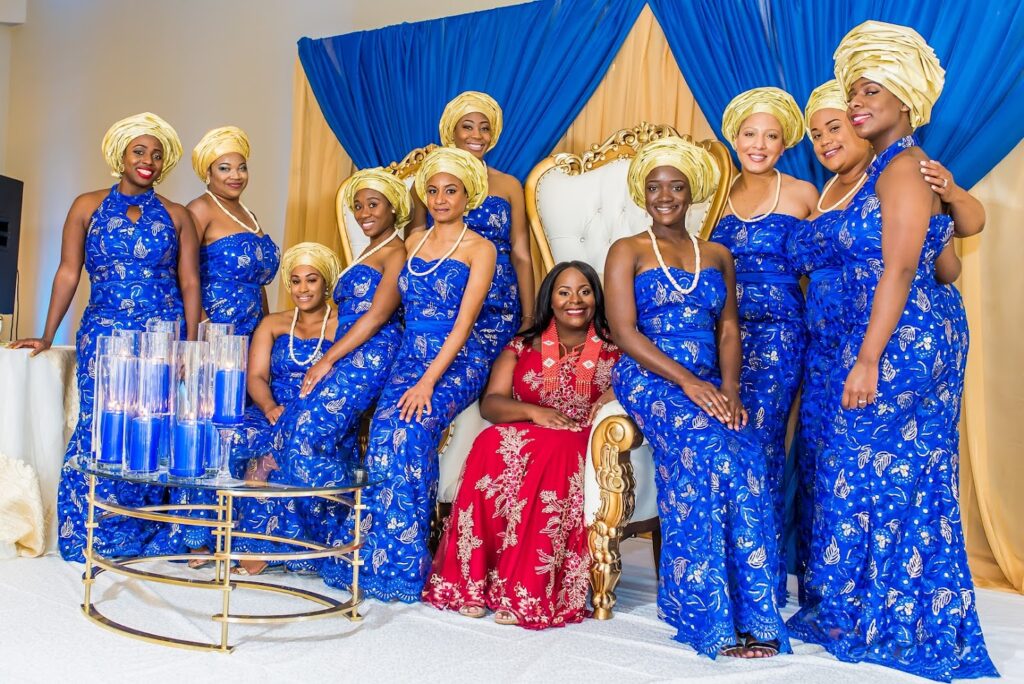
Aso-ebi remains a cornerstone of Nigerian wedding ceremony traditions, encapsulating the essence of unity, identity, and cultural pride. Embracing and celebrating this beautiful tradition adds depth and vibrancy to wedding celebrations. Whether you are planning a wedding or simply appreciating the cultural richness of Nigerian traditions, aso-ebi stands out as a testament to the enduring power of communal identity and support.
If you enjoyed learning about aso-ebi and Nigerian wedding ceremony traditions, be sure to check out our other blog posts: “Deciding between a one-day or two-day Nigerian-American wedding”.







